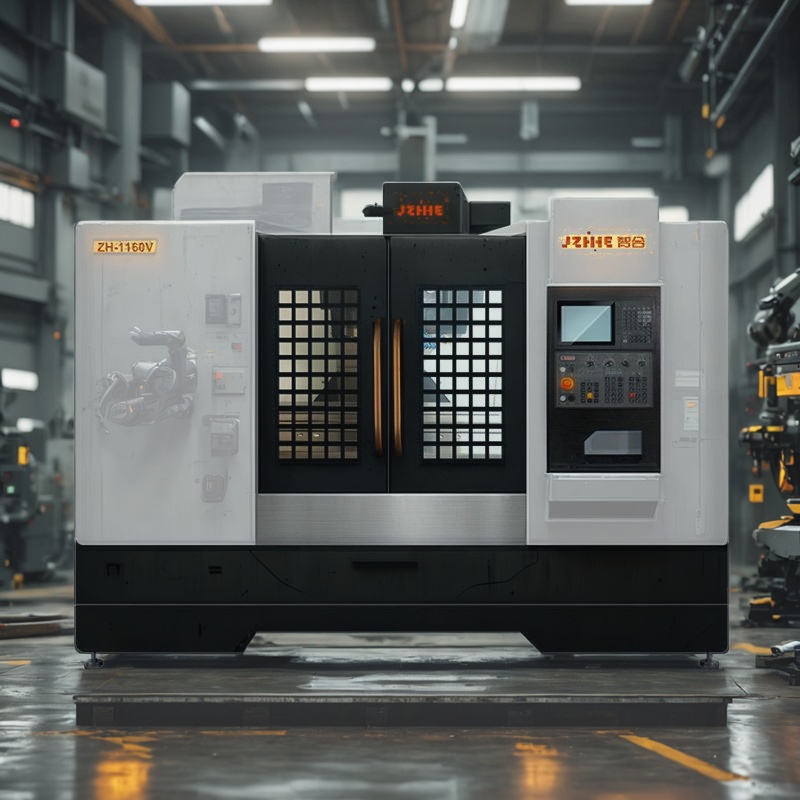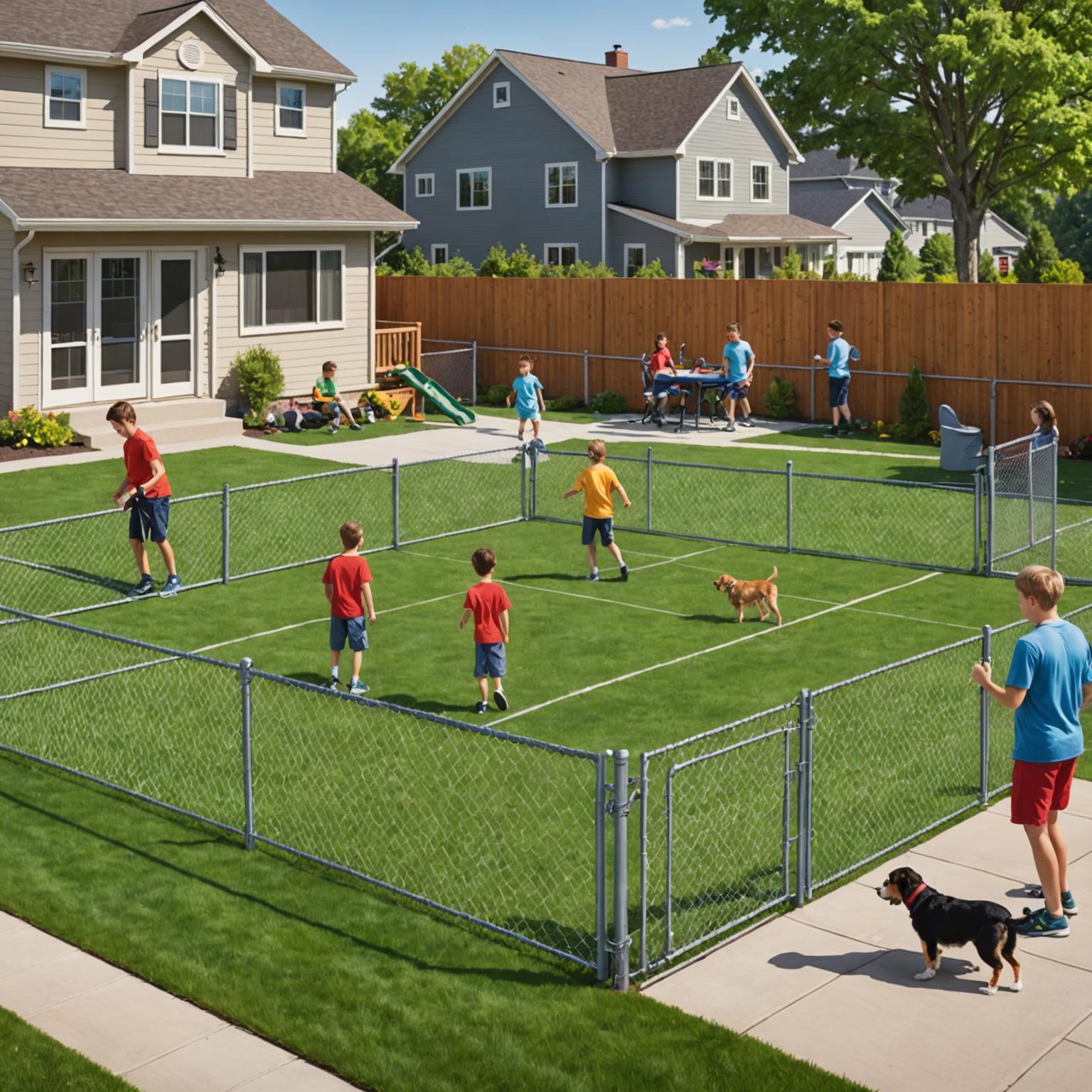The Art and Science of Modern Machining
In the heart of modern manufacturing, where precision and efficiency reign supreme, skilled CNC lathe programming stands as a critical pillar of success. This sophisticated process is the digital language that commands a machine to transform raw blocks of material into intricate components with astonishing accuracy, powering innovations across industries from aerospace to automotive. Understanding the nuances of programming is the essential first step, but true mastery is achieved when that code is seamlessly integrated with expert machine handling. This article delves into the core principles of programming a CNC lathe, explores the practicalities of a smooth operation, and offers guidance on selecting the ideal machine to elevate your production capabilities.
Mastering the Language of Precision: CNC lathe programming Fundamentals
At its core, CNC lathe programming is about communicating a precise set of instructions to the machine's control unit. This language primarily consists of G-codes and M-codes. G-codes, or geometric codes, direct the machine's movement, dictating the tool's path to cut the desired shape. They control actions like rapid positioning, linear interpolation (straight-line cutting), and circular interpolation (cutting arcs and circles). M-codes, or miscellaneous functions, manage the machine's non-cutting operations, such as starting or stopping the spindle, turning on the coolant, or executing a tool change. A thorough understanding of these codes is non-negotiable for any aspiring programmer. The entire process is built upon a simple two-axis coordinate system: the Z-axis, which runs parallel to the spindle centerline, controls the length, while the X-axis controls the diameter of the workpiece. Every line of code meticulously plots a point or a path along these axes, gradually shaping the final product.
From Digital Blueprint to Physical Reality: Effective CNC lathe operation
The most elegantly written program is only as good as its execution. This is where proficient CNC lathe operation becomes indispensable. The operator's role is multifaceted and requires a hands-on, detail-oriented approach. The process begins with securely mounting the workpiece in a chuck or collet, ensuring it is perfectly centered and rigid to withstand the forces of cutting. Next, the operator must select the correct cutting tools and install them in the machine's turret, precisely measuring their offsets so the machine knows the exact location of each tool tip. Once the setup is complete, the G-code program is loaded into the control unit. A critical safety and quality assurance step is to perform a simulation or a dry run, where the machine moves through the programmed path without touching the material. This allows the operator to verify the tool paths and prevent catastrophic collisions. Only after a successful verification does the actual machining begin, turning a digital blueprint into a tangible, high-precision component. A smooth CNC lathe operation ensures the final product meets all specifications with consistency and quality.
Choosing Your Champion: How to Select the Best CNC Lathe
Investing in new machinery is a significant decision, and identifying the best CNC lathe for your specific needs is crucial for long-term success and profitability. The selection process goes beyond just the initial price tag; it involves a careful evaluation of several key performance characteristics. Consider the machine's structural integrity; a robust, heavy frame made from high-quality cast iron is essential for dampening vibrations and achieving impeccable surface finishes, especially during heavy cuts. The power and speed range of the spindle directly impacts material removal rates and the types of materials you can effectively machine. Furthermore, evaluate the tool turret's capacity and indexing speed, as this affects the complexity of parts you can produce in a single setup. The most critical component, however, is often the control system. The best CNC lathe will feature an advanced, intuitive control interface that simplifies programming, provides clear diagnostics, and offers a user-friendly navigation experience. This not only empowers seasoned operators but also reduces the learning curve for new ones, maximizing productivity across your entire team.
The Symbiotic Relationship: Integrating Programming and Operation for Peak Performance
The greatest efficiencies in a machine shop are found at the intersection of programming and operation. These two disciplines should not exist in separate silos; instead, they have a symbiotic relationship where an understanding of one enhances the performance of the other. For instance, a programmer who understands the physical constraints of workholding and tool rigidity can write safer, more stable tool paths. They can leverage advanced features like canned cycles—pre-written subroutines for common tasks like drilling, threading, and grooving—to drastically simplify the code. This makes the CNC lathe programming process faster and the resulting code easier for an operator to read and troubleshoot. Conversely, an operator with a foundational knowledge of G-code can make minor on-the-fly adjustments at the machine, optimize feeds and speeds based on real-time cutting conditions, and provide valuable feedback to the programmer for future improvements. This collaborative loop is fundamental to refining processes, reducing cycle times, and pushing the boundaries of what is possible.
The Future of Turning: Advancements in CNC Lathe Technology
The world of CNC machining is constantly evolving, driven by a relentless pursuit of greater accuracy, speed, and automation. As you master today's techniques, it's wise to keep an eye on the horizon. The future points towards even more sophisticated control systems that incorporate artificial intelligence and machine learning to optimize tool paths and predict maintenance needs before a failure occurs. The rise of conversational programming continues to lower the barrier to entry, allowing operators to generate complex programs by simply answering a series of questions on the control screen. Ultimately, finding the best CNC lathe is about more than just current specifications; it's about investing in a platform that is ready for the future. By mastering both CNC lathe operation and programming, you are not just making parts—you are building a foundation for continued innovation and success in a competitive manufacturing landscape.






